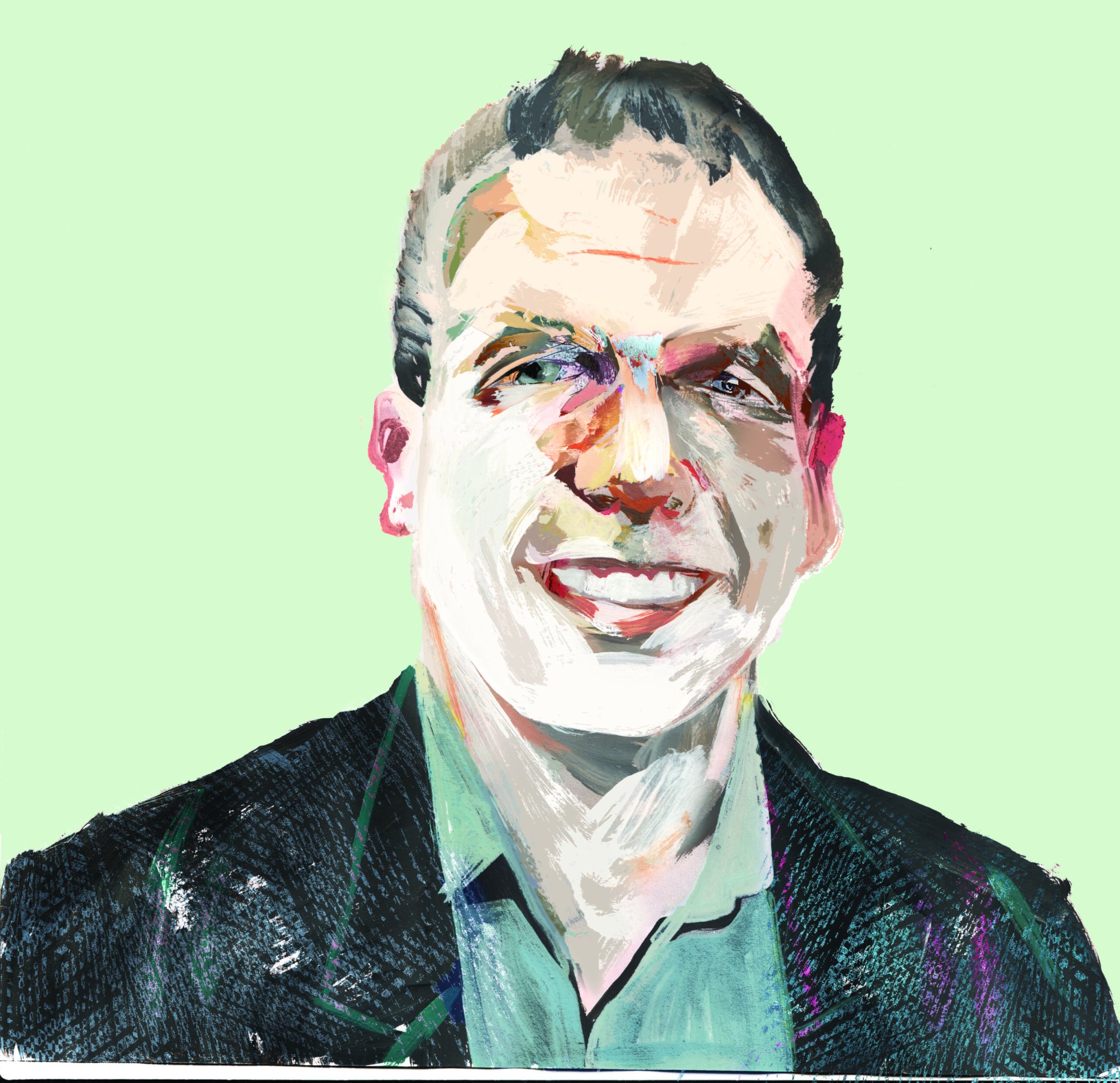

Colin Devey launched his volcano-hunting career on land, studying a 66-million-year-old lava flow that once covered half of India. But in 1987, he scored an empty bunk on a Tahitian research cruise. Though it’s hard to see volcanic rock on the seafloor, he found the landscape geologically simple. “The continents are complicated because they’ve been around for billions of years, and they’re messed up, like a billboard covered in 150 advertisements, layer on layer,” Devey says. “The oceans are like a new billboard.”
For the past 30 years, Devey has busied himself reading those billboards and hauling news of their movements to the surface, altering what we know about plate tectonics and how continents drift apart.
Thousands of underwater volcanoes make up the Mid-Atlantic Ridge, a roughly 37,000-mile-long chain of divergent tectonic plates running north to south. Geologists and geochemists like Devey once thought these volcanoes all erupt with equal force, driving continents apart at the same rate along the ridge’s length. Devey, a U.K. native who works at GEOMAR Helmholtz Centre for Ocean Research in Kiel, Germany, found asymmetrical activity: patches of extreme violence and relative calm. Because of him, we now know that the North American, Eurasian, South American, and African plates spread at different rates in different spots. We know too that these blasts circulate minerals from inside Earth and (along with magma) help push the plates apart. “The seafloor is where most volcanic activity takes place,” says Devey. “We want to understand why they are there and what they do.”
Devey’s next billboard reads will (he hopes) explain the murky geochemistry of a little-studied region in the North Atlantic: the volcanically active Reykjanes Ridge, south of Iceland. In June 2018, he will drop an ROV into its depths to study fresh lava and figure out why the ridge is spreading about 1 inch every year. If the past is any indicator, he’s sure to find something to whet our curiosity. “This planet is fascinating, and we know almost nothing about it,” he says. “The most important thing is to go out there and explore it.”
Depth Gauge
1994 Achieves his deepest dive: 11,483 feet, in the Pacific Ocean. During the dive, a squid rockets past his submersible and explodes a cloud of black ink. “I would have jumped out of the submersible if I could, it was so scary.”
2004-2006 Co-chairs the InterRidge program, an international co-operative for studying midocean ridges and oceanic spreading
2015 While searching for deep-sea organisms off Brazil, discovers the largest cache of round, black manganese deposits ever found in the Atlantic Ocean, some as big as bowling balls and 10 million years old
2016 Studying new volcanic rock in the South Pacific, found that the magma held recycled Archean sediment that had been stored deep in the earth for over 2.5 billion years before rising to the surface as magma
Read about how other ocean explorers are solving the planet’s mysteries in the rest of our Deep Sea Six feature from the January/February 2017 issue of Popular Science.
